Description
Integrated Buried Sewage Treatment Equipment: Compact and Comprehensive Wastewater Solution
The Integrated Buried Sewage Treatment Equipment is a fully enclosed, modular wastewater treatment system that combines advanced biological and physicochemical processes to deliver high-efficiency pollutant removal in a compact footprint. Engineered for underground installation, this system is ideal for decentralized wastewater treatment scenarios, offering a seamless and automated approach to water purification while minimizing space usage and visual impact.
By integrating grit removal, flow equalization, biological decomposition, sedimentation, and disinfection into one cohesive system, this equipment ensures stable and reliable effluent quality that complies with environmental discharge regulations. It is particularly suited for residential communities, schools, hospitals, industrial parks, and rural areas with limited surface space.
Key Functions of Integrated Buried Sewage Treatment Equipment
| Function | Description |
|---|---|
| Grit Removal | Eliminates large suspended solids and debris in the initial pretreatment stage. |
| Flow Equalization | Regulates influent quality and quantity to ensure consistent downstream operation. |
| Biological Treatment | Utilizes activated sludge or biofilm methods to break down organic pollutants. |
| Sedimentation | Separates sludge from treated water using gravity settling techniques. |
| Sludge Management | Returns part of the sludge for reuse and discharges excess to the sludge tank. |
| Disinfection | Kills harmful pathogens using chemical agents to ensure safe effluent discharge. |
Common Application Scenarios
The Integrated Buried Sewage Treatment Equipment is widely applicable in locations where traditional wastewater infrastructure is impractical. Its underground design and modular operation make it a preferred choice in the following scenarios:
Residential Communities and Real Estate Projects
Provides independent wastewater treatment for housing developments, ensuring environmental compliance without relying on municipal infrastructure.
Hospitals, Schools, and Public Facilities
Ensures safe and sanitary treatment of wastewater generated by large numbers of people in compact institutional settings.
Industrial Parks and Small Enterprises
Treats organic and inorganic wastewater from manufacturing processes with adaptable capacity and easy expansion.
Tourist Resorts and Scenic Areas
Maintains ecological integrity in environmentally sensitive zones by treating wastewater discreetly and efficiently.
Rural and Remote Villages
Offers a low-maintenance and sustainable sewage solution where centralized sewage treatment systems are unavailable.
Advantages
-
Underground installation saves space and reduces odor and noise
-
Automated operation with minimal human intervention
-
Stable effluent quality compliant with national discharge standards
-
Adaptable to different influent loads and water quality conditions
-
Modular design supports easy transport, installation, and capacity expansion
-
Low energy consumption and low operating costs
The Integrated Buried Sewage Treatment Equipment is more than just a wastewater treatment unit—it’s a smart, self-contained environmental protection system. By consolidating multiple treatment processes within a buried structure, it offers an efficient, quiet, and aesthetically discreet solution for decentralized sewage management. Whether for rural development, institutional infrastructure, or eco-sensitive projects, this equipment ensures sustainable and compliant wastewater treatment with long-term operational benefits.
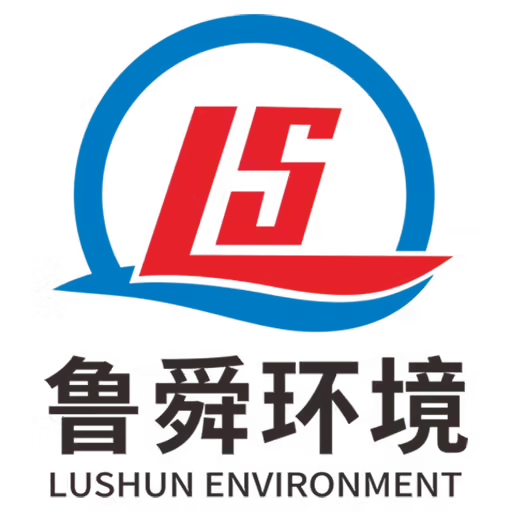

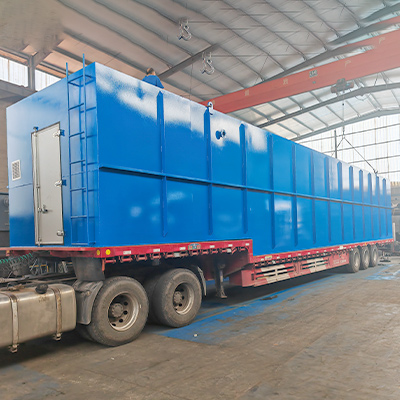
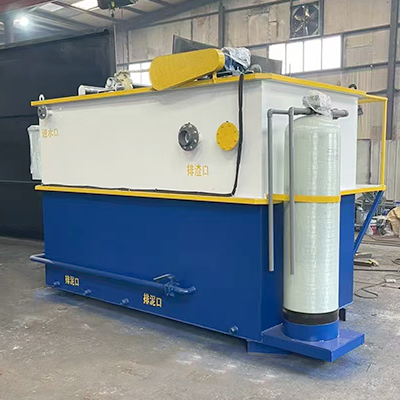
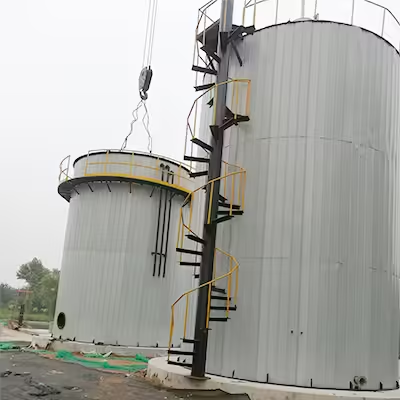
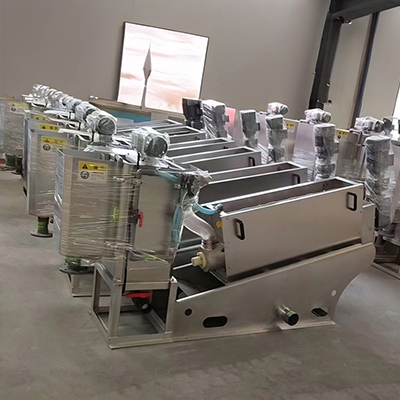
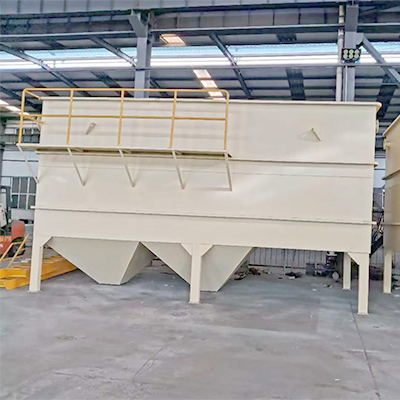
Reviews
There are no reviews yet.